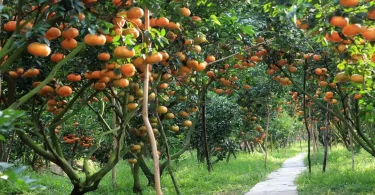The biting chill of winter doesn’t have to mean a barren balcony. With a little planning and the right plant choices, your outdoor space can transform into a vibrant, inviting oasis. This holds true even when the temperatures plummet. Container gardening on balconies offers a unique chance to bring life and color to otherwise stark city views. Container gardening ideas will explore creative and practical ideas. We aim to ensure your winter balcony is a source of beauty. It will also be a testament to nature’s resilience. Forget the drab and embrace the dazzling; your winter balcony awaits its transformation.

Choosing the Right Containers for Winter Conditions: Smart Container Gardening Ideas
Selecting the right pots is a big first step for any successful winter garden. Cold weather puts containers to the test. Choosing the wrong kind can lead to cracked pots and struggling plants. We want to avoid these common problems. Smart choices now ensure beauty later.
Frost-Proof Materials: Beyond Plastic
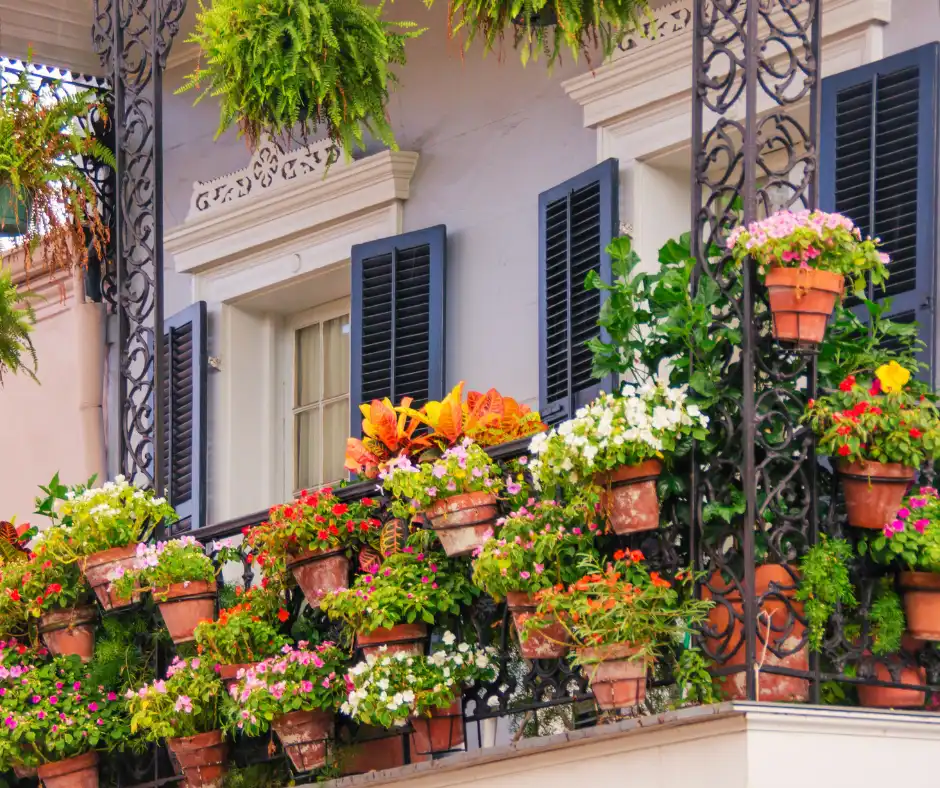
Not all containers handle freezing temperatures well. Materials like flimsy plastic and unglazed terracotta are prone to cracking. Stronger options stand up to winter’s harshness. Look for heavy-duty plastic, fiberglass, concrete, or metal pots. Glazed ceramic also works well. These materials can expand and contract with ice. This keeps them from breaking when the mercury drops. Always check product tags for “frost-proof” or “weather-resistant.” This simple step saves you trouble and money.
Size and Drainage: Essential for Survival
Container size matters for plant health in winter. Larger pots offer more soil around roots. This acts like a blanket, insulating plants from extreme cold. Proper drainage is also super important. Water that sits in the pot can freeze. This turns the soil into a block of ice, harming roots. Make sure every container has at least one drainage hole. We suggest a minimum container depth of 8 to 12 inches for most winter-hardy plants. This gives roots the room and protection they need.
Hardy Plants That Thrive in Winter Containers
The secret to a lively winter balcony is choosing plants built for the cold. These special plants don’t just survive; they often shine. They bring much-needed cheer when other plants sleep. Focus on those with year-round appeal.
Evergreen Stars: Foliage That Endures
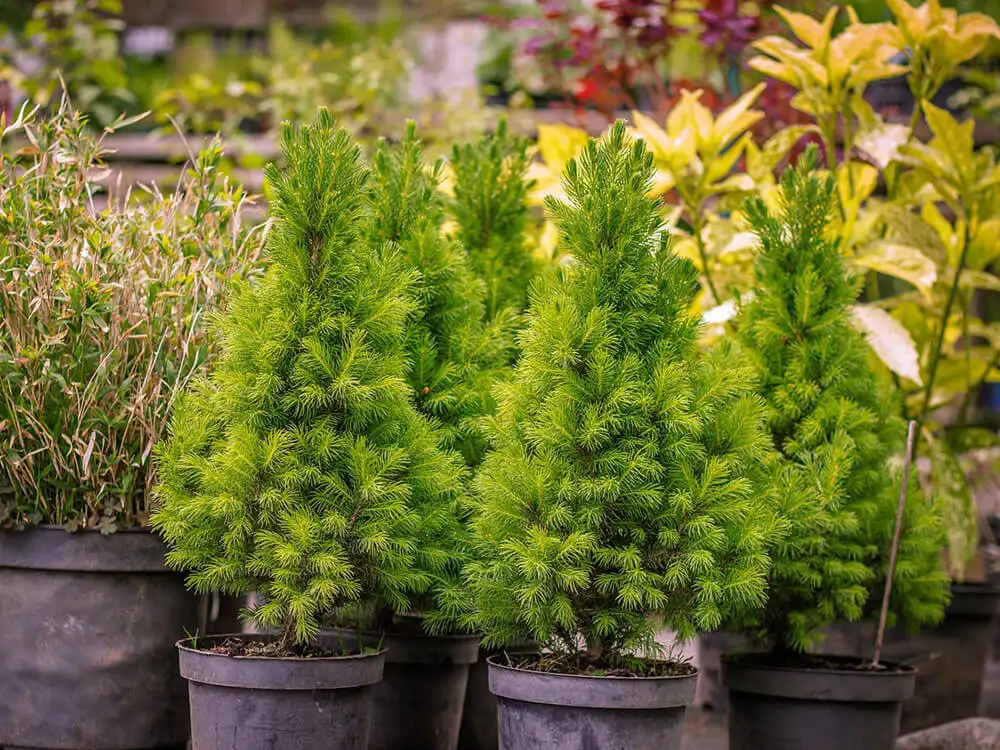
Evergreen plants are champions of winter beauty. Their constant green foliage adds structure and life. Think about small conifers like dwarf Alberta spruce or juniper. They provide architectural interest with their unique shapes. Ornamental grasses, such as fountain grass or blue fescue, sway gently in the breeze. Heucheras offer colorful leaves in shades of purple, bronze, or silver. Even small evergreen shrubs can thrive in pots. They create successful winter balcony displays, standing tall and proud.
Colorful Accents: Adding Pops of Winter Hues
Who says winter has to be only green and brown? Many plants offer bright colors. Winterberry (Ilex verticillata) shrubs burst with vibrant red berries. Red-twig dogwood (Cornus sericea) shows off stunning crimson stems. Pansies and violas often brave light frosts, offering cheerful blooms. Ornamental cabbages and kale have striking, ruffled leaves in shades of pink, purple, and cream. These plants add surprising bursts of color. Lists from local horticultural societies can guide your choices.
Edibles for the Cold Season

Imagine harvesting fresh herbs and greens from your balcony in winter! It’s totally possible. Cold-tolerant herbs like rosemary, thyme, and sage often do well. Certain leafy greens can also handle cooler temps. Try planting kale, spinach, or mâche. They may need a bit of shelter from harsh winds. A smart move is to start these cold-hardy edibles in late summer or early fall. This lets them get strong roots before the coldest days arrive.
Winterizing Your Containers and Plants
Preparing your containers and plants for winter is key. This work helps them survive until spring. Taking a few extra steps now means healthier plants later. It protects your hard work.
Insulating Your Containers: The Key to Root Protection
Plant roots are delicate, especially in freezing soil. You can insulate pots in several ways. Wrap containers in burlap or bubble wrap. This adds a protective layer. Another good trick is to place a smaller pot inside a larger one. Fill the gap between them with insulating stuff. Think mulch, straw, or even packing peanuts. Grouping containers together also helps. They create a small microclimate. This offers mutual protection from harsh winds and cold.
Watering Wisely in Freezing Temperatures
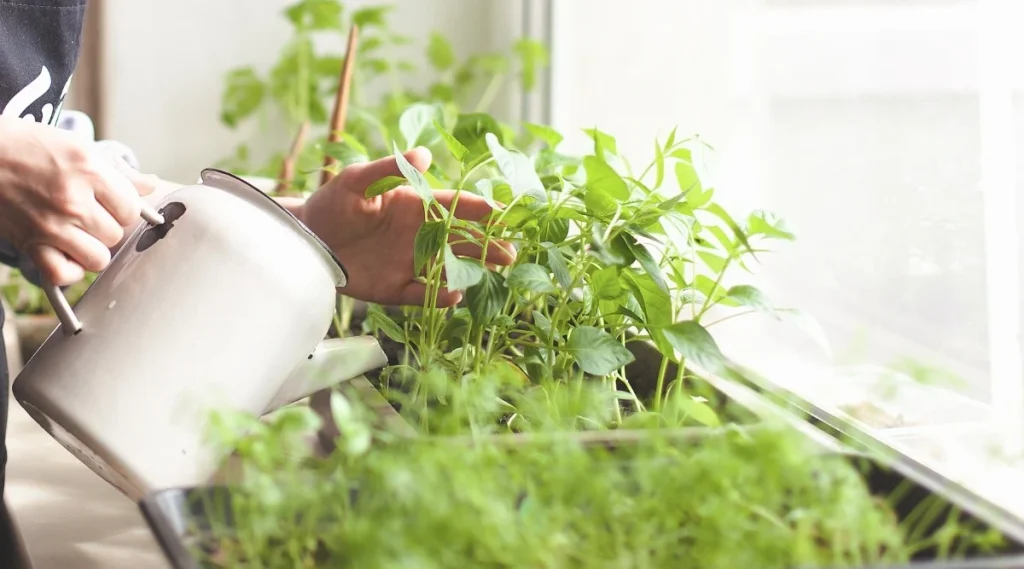
Plants need less water during winter. Their growth slows down, and less water evaporates from the soil. Watering too much can be deadly. It can freeze roots solid. Aim to water only when the top inch or two of soil feels dry. Do this on warmer winter days. Early afternoon is often best. This lets any excess water drain before nightfall. Plants require significantly less water in winter due to slower growth and reduced evaporation. Always check the soil first.
Protecting Delicate Specimens
Some plants need a little extra love to make it through winter. Move more sensitive plants to a sheltered spot on your balcony. This could be against a warm wall. You might use cloches, which are bell-shaped covers. These create a mini-greenhouse. For very cold snaps, cover plants with frost cloths. These breathable fabrics shield plants from ice. Monitor weather forecasts regularly. Being prepared means you can deploy these protective measures before the cold hits.
Designing Your Winter Balcony for Maximum Impact
Beyond simply surviving, your winter balcony should look good. Thoughtful design makes the most of your space. It transforms a cold spot into a cozy retreat. Think about how you’ll use and view the area.
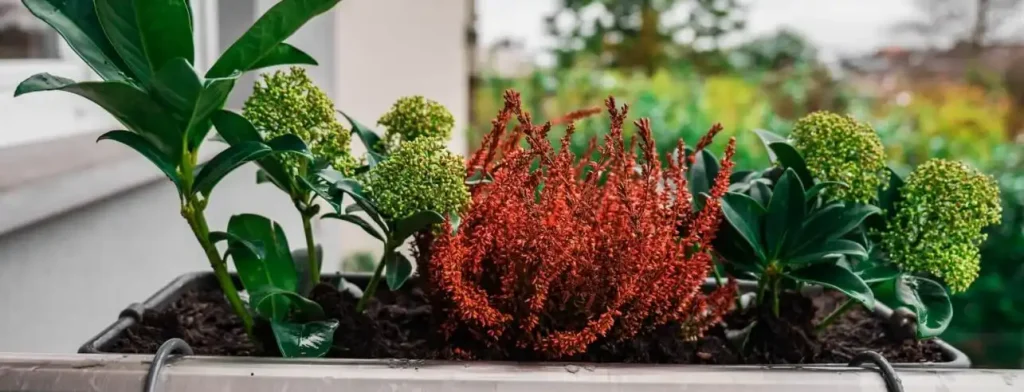
Strategic Placement for Sunlight and Shelter
Winter sun is precious. Position your containers to catch as much of it as possible. Even a few hours can make a big difference for plants. Use existing structures for shelter. Walls and railings can block harsh winds. These windbreaks protect plants from drying out and freezing. Take time to observe your balcony’s sun patterns. Watch how the light moves through the day during winter. This will guide your plant placement for best results.
Incorporating Non-Living Elements
Don’t forget decor! Non-living elements add sparkle and personality to your winter balcony. Lanterns cast a warm glow. Fairy lights or warm LED string lights create a magical ambiance after dark. Think about sculptural pieces or winter-themed ornaments. These items add visual interest even when plants are dormant. They help make your balcony feel like an outdoor room. It becomes a place you want to spend time, even in the cold.
Layering and Texture for Visual Depth
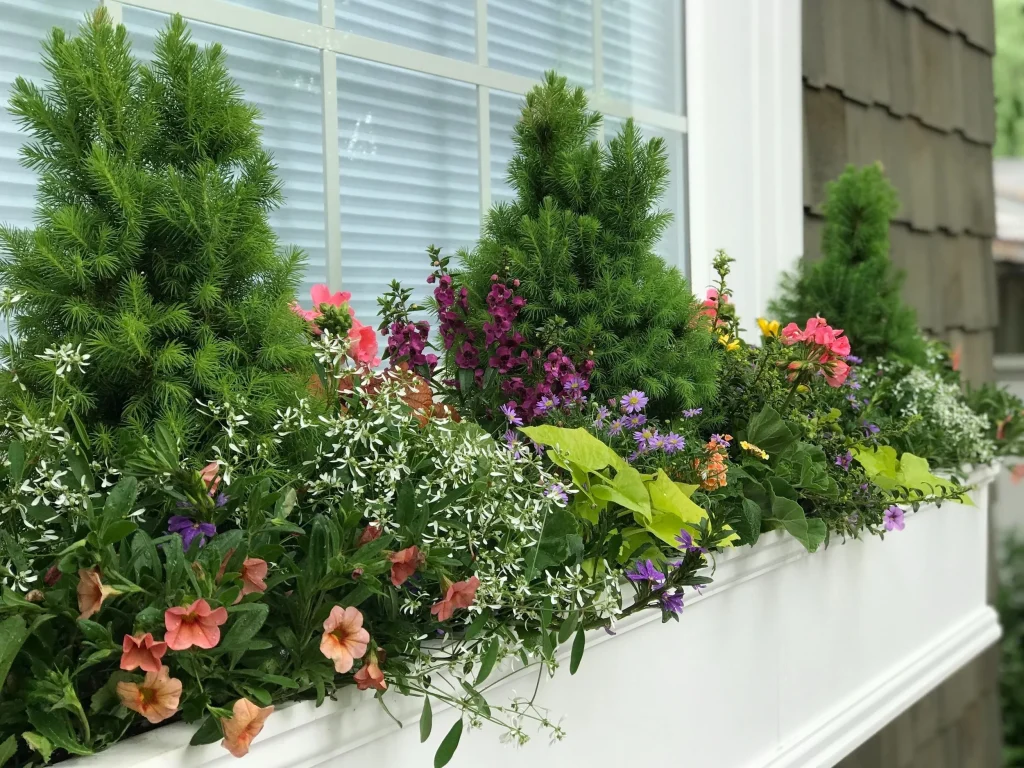
Create a dynamic look with varying plant heights and textures. Combine tall, upright plants with lower, trailing varieties. This adds visual depth. Mix fine textures, like grasses, with coarser ones, like conifer needles. This creates a richer, more interesting display. Even with limited colors, texture brings life. Think about different leaf shapes and plant forms. This keeps your eye moving and makes the space feel full.
Maintenance and Care Through the Cold Months
A winter container garden still needs some care. It’s usually less work than summer gardening. But a little attention goes a long way. This keeps your plants healthy and looking good.
Pruning and Deadheading for Winter Health
Some plants might need light pruning. Remove any dead or damaged foliage. This prevents diseases from taking hold. If pansies or violas are still blooming, deadheading spent flowers helps. It can encourage new blooms. It also keeps the plant looking tidy. Always use clean, sharp pruning tools. This makes precise cuts and reduces stress on your plants. Small snips are perfect for balcony use.
Pest and Disease Monitoring
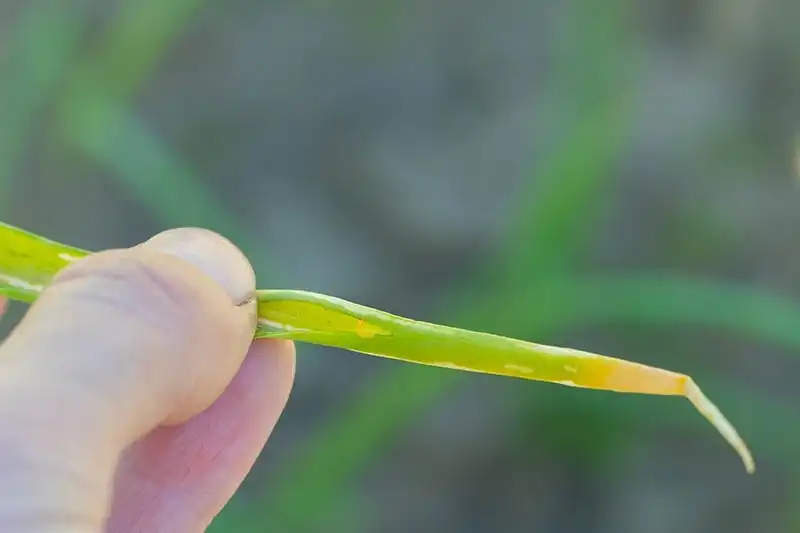
Even in winter, pests can be a problem. Keep an eye out for common winter pests. Aphids or spider mites might appear, especially on sheltered plants. Check the undersides of leaves. Damp conditions can also lead to fungal diseases. Ensure good air circulation. “Even in winter, regular checks for pests can prevent a small infestation from becoming a major problem,” says Dr. Anya Sharma, an urban gardening specialist. Catching problems early is always best.
Fertilizing: Less is More
Most winter plants need very little fertilizer. Their growth slows way down. Too much fertilizer can actually hurt them. It promotes tender new growth. This growth is very sensitive to frost damage. If you must fertilize an actively growing plant, use a very diluted, slow-release formula. Avoid high-nitrogen fertilizers. They are meant for leafy growth, which is not what you want in winter. Let your plants rest.
Conclusion
Embracing winter balcony container gardening offers a chance to extend your green thumb. It keeps your outdoor space vibrant all year. With the right containers, hardy plants, and careful upkeep, a beautiful winter balcony is totally possible. Don’t let the cold stop your gardening joy.
Key Takeaways for a Thriving Winter Balcony
Remember these crucial steps. Pick frost-proof containers that can handle ice and cold. Choose hardy plants known for surviving freezing temperatures. Master proper winterization techniques to protect roots and leaves. Design your space thoughtfully, using both plants and decor. Finally, keep up with consistent, minimal maintenance. These simple actions ensure your balcony looks great.
The Lasting Rewards of Winter Container Gardening
Maintaining a green space all year brings many rewards. It offers a sense of accomplishment. It also provides therapeutic benefits, like connecting with nature. Your winter balcony transforms from an overlooked area into a cherished outdoor room. It becomes a beautiful spot to enjoy a cup of tea, no matter the weather. Bring life to your cold-weather space; you’ll love the results.

